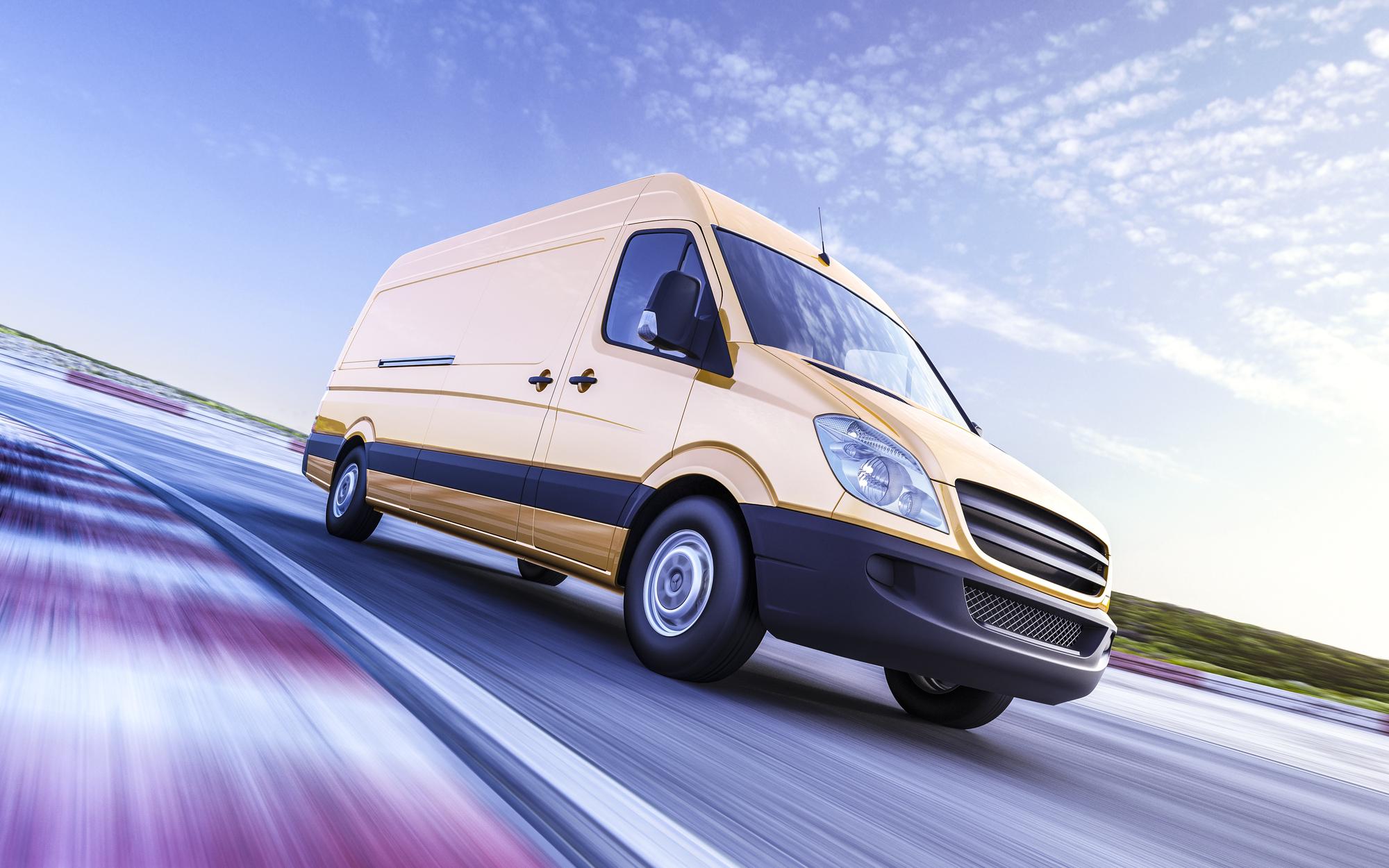The cannabis industry didn’t simply adopt on-demand culture; it was built to serve it. In legal markets across the U.S., customers expect menus that update by the minute, checkout flows that mirror mainstream e-commerce, and delivery or curbside pickup windows that fit between meetings. While broader retail spent a decade training shoppers to click and receive, cannabis faced a compressed timeline: legalization arrived alongside the app economy. The result is a sector where convenience isn’t a feature — it’s table stakes.
Evidence of that shift is visible in the infrastructure. Marketplace and e-commerce providers now underpin how consumers search, compare, and transact. Jane Technologies, for example, powers point-of-sale, e-commerce and payments for more than 2,500 retailers, illustrating how a single digital layer can standardize shopping across fragmented state markets. California, the country’s bellwether, has seen its regulator publish granular, region-by-region market intelligence, reflecting a maturing digital and data-driven ecosystem where retail supply increasingly chases localized consumption patterns.
Delivery — the purest expression of on-demand — has become both emblem and engine of this change. Eaze, one of the best-known operators, reports nearly eight million deliveries to date, a scale that would be inconceivable without real-time inventory, automated ID checks, and route-optimization stitched into consumer-grade apps. But the delivery story is not uniform. Denver, where delivery was opened to social-equity licensees and layered with unique constraints, saw volumes decline month after month in 2024; officials pointed to regulatory friction, dense storefront coverage, and tighter consumer budgets. The lesson: on-demand thrives where policy, geography, and product-market fit align — and stalls when any of those falter.
Under the hood, data confirms why convenience keeps winning. Cannabis has become a habitual, high-frequency purchase. Holiday “super-spikes” like April 20 continue to push systems to their limits, with retailers reporting record traffic and throughput gains — the kind of stress test only robust online ordering and pre-paid workflows survive. Meanwhile, industry forecasts from BDSA suggest continued sales expansion, implying even more transactions migrating to digital rails as operators chase efficiency and consumers chase speed.
Mobile behavior cements the pattern. Operators increasingly report that the majority of browsing and ordering happens on phones, narrowing the gap between discovery and purchase to a few thumb taps. Even conservative retail playbooks now prioritize app-like web experiences: live menus, algorithmic search, in-stock filters, and one-tap re-order. While exact mobile shares vary by state and retailer, the strategic direction is consistent: if it isn’t optimized for a micro-moment on a small screen, it’s invisible.
Convenience also reshapes what is bought, not just how. Pre-rolls — a quintessential grab-and-go format — have surged to the top tier in many markets, a trend that dovetails with on-demand use cases like spontaneous social plans or quick session breaks. Industry tallies put pre-roll sales into the billions over the last couple of years, underscoring how format innovation rides the same convenience rails as delivery and pickup.
Technology platforms have responded by abstracting complexity away from the user. Real-time compliance checks enforce purchase limits and age verification against state rules; menu services de-duplicate SKUs and normalize lab data; payments partners stitch together PIN debit, cashless ATM replacements, or compliant account-to-account rails as card rules evolve. The practical effect is that buyers tap through sleek storefronts while sophisticated logic ensures the order is legal, available, and ready when promised — the quiet machinery of on-demand at work.
Still, the investigative view reveals friction points that keep this from being a pure sprint to instant cannabis. First, regulatory patchwork determines everything from delivery hours to whether couriers can carry inventory or must return to a depot after each drop. The Denver slowdown demonstrates how a policy structure — even with equity aims — can inadvertently depress adoption when paired with a city saturated in walk-in options. Second, economics matter: delivery adds costs (drivers, insurance, fleet management, compliance tech). Operators either eat those costs in competitive markets or nudge customers toward pickup with fees and promotions, subtly shaping behavior.
Third, supply-demand spatial math can be unforgiving. California’s official market outlook highlights regional imbalances between where cannabis is consumed and where legal sales occur — a gap on-demand channels can narrow but not fully erase, especially in municipalities that ban retail or delivery outright. Fourth, macro volatility — pricing compression, tax regimes, and illicit competition — forces constant recalibration of service levels. In some neighborhoods, 90-minute windows are viable; in others, only scheduled next-day delivery pencils.
Even with caveats, the direction of travel is clear. Industry operators increasingly treat on-demand capabilities as core infrastructure, not experiments. Retailers plan inventory around order-ahead heatmaps. Brands bid for placement in search results inside marketplace menus, acknowledging that the “digital shelf” is where discovery happens. And marketplaces invest in personalization and AI ranking — think “because you liked this sativa, here are three terpene-matched options in stock within 5 miles” — to compress time-to-delight and raise average order values. Recent announcements from leading platforms explicitly position AI as the next lever to refine relevance and speed, a natural evolution for an on-demand category.
What does this mean for the industry consumer? Expectations will keep converging with mainstream delivery: dependable ETAs, granular tracking, frictionless payments, and substitution logic when an item is suddenly out of stock. For operators, the mandate is to build durable convenience moats: tight POS-e-commerce integration, disciplined menu hygiene, and last-mile partnerships that can flex during peak days without wrecking margins. The winners will be those who treat on-demand as a full-stack operating model — from merchandising to routing — rather than a bolt-on channel.
In short, on-demand didn’t just take over cannabis because people are impatient. It took over because legalization arrived in a mobile-first era, because the product lends itself to repeat, time-sensitive missions, and because technology vendors rushed in to tame fragmentation. Where regulation supports it and unit economics make sense, consumers vote for convenience with their thumbs. Where it doesn’t, the market reminds everyone that even in an age of instant everything, policy and price still set the speed limit.

